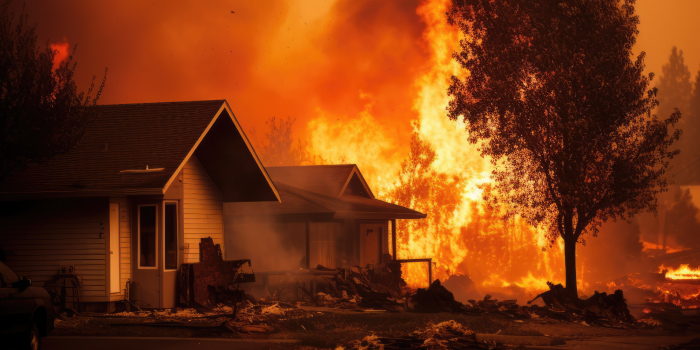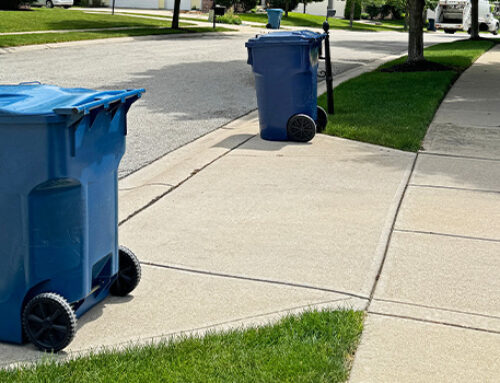Wildfire Safety
Wildfires can pose a significant threat to communities located in areas prone to dry conditions and high winds. By implementing effective wildfire safety measures, you can help protect lives, property, and the environment.
Understanding the Risk
Before implementing safety measures, it’s important to understand the specific wildfire risks in your area. Factors such as climate, vegetation, and topography can influence the likelihood of wildfires. Research local fire departments and emergency management agencies to assess these risks and develop a wildfire preparedness plan.
Strengthen your Home
Create a buffer zone around homes and structures to reduce the risk of fire spreading.
You can do this by:
- Clearing Vegetation: Remove dead plants, grass, and weeds. Trim trees and shrubs to prevent fire from climbing.
- Maintain Landscaping: Use fire-resistant plants and materials in landscaping. Keep lawns mowed down to four inches or less and well-watered.
- Space Trees and Shrubs: Ensure adequate spacing between trees and shrubs to prevent fire from jumping between them.
- Roofing: Use Class A fire-rated roofing materials, such as metal or asphalt shingles. Keep roofs free of debris, such as dried leaves or pine needles.
Community Education and Engagement
Education about wildfire safety is vital for HOA community preparedness. When an emergency occurs, it’s important to have everything organized beforehand – including:
- Evacuation Plans: Develop and communicate clear evacuation routes and procedures. Research and sign up for local alert systems to warn you of a spreading wildfire.
- Emergency Kits: Encourage neighbors to prepare emergency kits with essentials like water, food, medications, and important documents (passports, birth certificates, etc.).
- Remember your Pets: If a wildfire is close to your home and requires immediate evacuation, remember to bring your pets with you. Firefighters cannot guarantee entrance into your home in time.
Prevent Wildfires
While preparedness is important, it is also vital to prevent fires during a dry season.
- Keep Vehicles Off Dry Grass: Vehicles have hot exhaust systems and can leak gas. This, combined with dry grass, provides a perfect environment for fires.
- Avoid Fireworks and Open Flames: A simple spark can cause damage in seconds during dry conditions.
- Manage Campfires: If you plan to go camping, keep a close eye on your campfire. Remove flammable items, such as dry leaves and twigs, from the area. Avoid lighting campfires during high winds.
Wildfire safety is a shared responsibility that requires proactive measures and community collaboration. By understanding the risks, strengthening your home, education and prevention, HOA communities can significantly reduce the threat of wildfires. Homeowners Associations in areas at risk for wildfires should follow guidance on wildfire safety to enhance community strength and offer residents a greater sense of security.
To learn more about our HOA management services, contact SpectrumAM today, or for more helpful everyday tips be sure to visit our blog.







